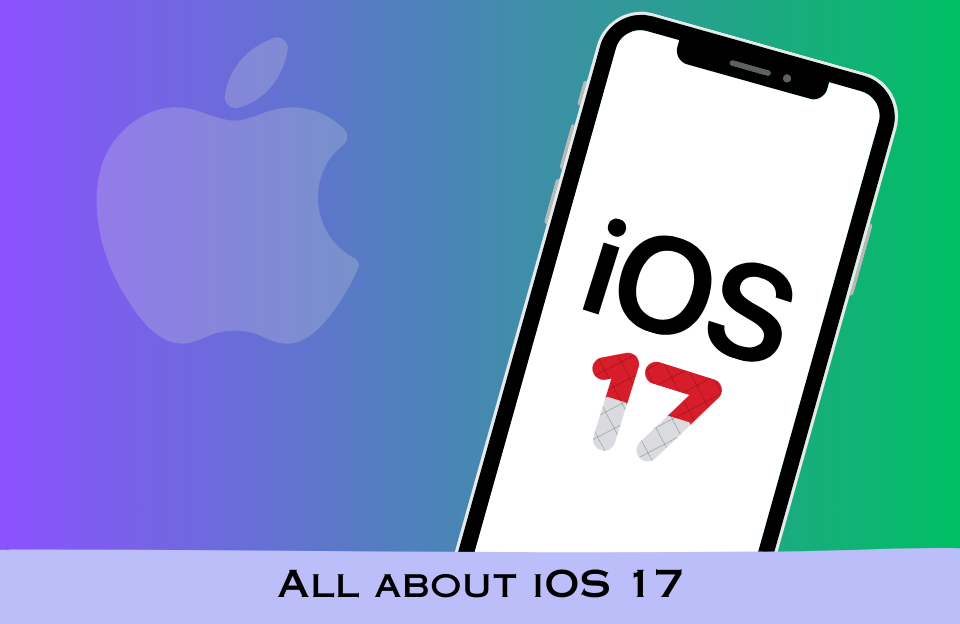From today, Friday, August 1, new UPI rules will come into effect. UPI is everyone’s favorite payments app, and to maintain its security and prevent fraud, some changes will be made. These changes were announced by the National Payments Corporation of India (NPCI).
These changes apply to all popular UPI apps, such as Google Pay, PhonePe, Paytm, and others.
The new UPI rules will control certain actions in the UPI apps, such as how many times you can check your bank balance, the times at which your auto payments will be done and how often your bank details are accessed.
All of these updates were mentioned in a circular from NPCI dated May 21, saying that these changes will help make UPI apps run better and more securely.
UPI New Rules from August 1

To boost the performance and safety of UPI transactions, the following important changes will begin from August 1:
UPI Balance Enquiry
If you use UPI apps to check your bank balance, there is now a limit. You can now check your bank balance only up to 50 times per day, per app.
So, for example, if you’re using PhonePe, you can check your balance 50 times a day. If you also use Google Pay, you can check there another 50 times. But once the 50-check limit is reached in an app, you’ll have to wait until the next day to check it again.
This rule has been added to prevent system overloads and misuse, but don’t worry a new feature will also show your bank balance automatically after every transaction, so you won’t always need to check it separately.
UPI Transaction Status
If a transaction gets stuck or is taking too long, you can now check the status of that transaction, but there’s a small change here, too.
Under the new rules, you can only check the transaction status after 45 to 60 seconds from when you made or approved the original transaction.
This small waiting time allows the system to process everything smoothly before giving you an update.
Autopay Mandate Execution
Do you have regular payments set up through UPI, like your electricity bill, water bill, or Netflix subscription? These are called autopay mandates.
Now, these autopayments will only be carried out during non-peak hours, when fewer people are using UPI.
Peak hours, when UPI traffic is the busiest, are:
- 10:00 AM to 1:00 PM
- 5:00 PM to 9:30 PM
So your auto payments will now only go through before 10 AM or after 9:30 PM. This change helps reduce system load during the busiest hours of the day and ensures that manual transactions aren’t delayed.
List Account
The List Account feature helps you view all bank accounts linked to your mobile number through a particular UPI app.
From now on, you’ll be able to view your linked bank accounts only 25 times per day per app. If you have reached the limit, please wait until the next day to check again.
This helps prevent unnecessary pressure on the system and adds a layer of safety.
New UPI rules FAQs
Have questions about what’s changing? Don’t worry. Here are simple answers to the most common queries about the new UPI rules starting August 1:
1. What is the new rule of UPI payment?
From today, the NPCI has made some important changes to how UPI works:
- You can’t check your bank balance unlimited times anymore. It’s now limited to 50 times per day per app.
- But to make up for this, a new feature will show your bank balance automatically after each UPI transaction. This means you won’t need to manually check your balance every time.
- Also, scheduled payments (like bills or subscriptions) will now only be processed during non-peak hours that means before 10 AM and after 9:30 PM.
- To check the status of a pending transaction, you can do so only 3 times, with a 90-second gap between each attempt.
2. What is the new rule of Google Pay transactions?
These rules apply to Google Pay (GPay) as well. So if you’re a GPay user, the following changes apply to you too:
- You can now check your bank balance only 50 times per day.
- You’ll see your balance automatically after a transaction.
- You can check the status of pending payments only 3 times, with a 90-second gap between each.
These rules are the same across all UPI apps, not just Google Pay.
3. How many UPI payments are allowed in a day?
The good news is that there is no change in the number of UPI transactions allowed per day. You can still:
- Make up to 20 UPI payments per day.
- Send a total amount of up to ₹1 lakh per day.
NPCI sets these limits to ensure security and prevent misuse.
4. What is the limit of UPI transfer for new users?
If you’ve just started using UPI, your bank might put limits for the first 24 hours, just to keep things safe. Usually:
- You can transfer a maximum of ₹5,000 per transaction.
- And a total of ₹5,000 in 24 hours
Once this period passes and your UPI usage looks normal, these limits are usually increased.
5. What is the new UPI autopay rule?
The new autopay rule is designed to prevent regular payments from slowing down the system during busy hours.
From now on, auto-payments (like bills or subscriptions) will only be processed during non-peak hours, which are:
- Before 10 AM
- After 9:30 PM
This means your electricity bill, OTT subscriptions, or any other auto-scheduled payments will go through during these times when there is less traffic on the UPI system.



